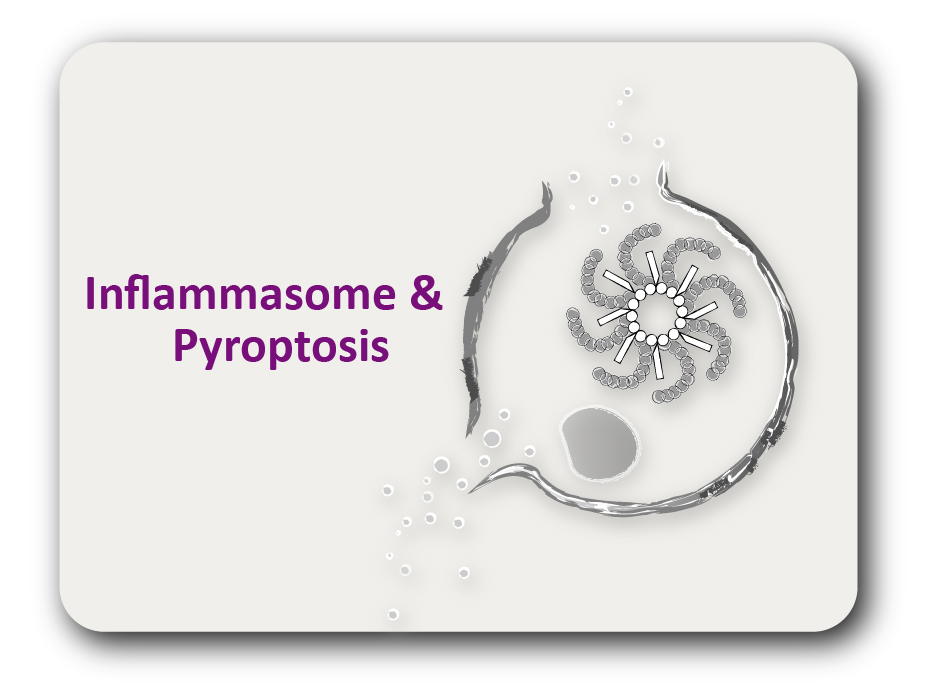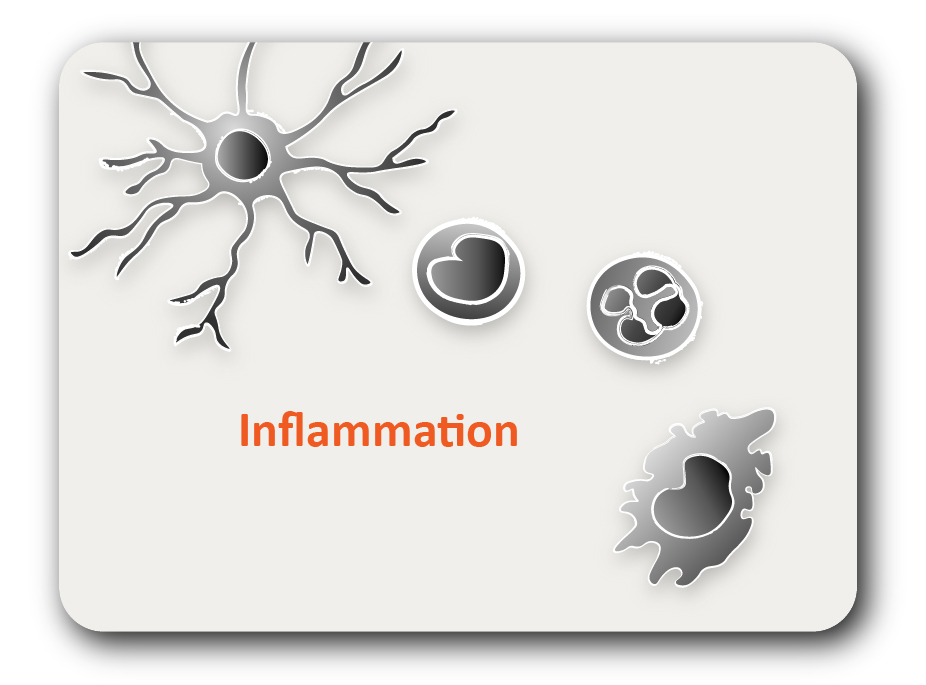ARG44258
anti-CD254 / RANKL antibody
anti-CD254 / RANKL antibody for Flow cytometry,ICC/IF and Human,Mouse
概述
| 产品描述 | Goat Polyclonal antibody recognizes CD254 / RANKL |
|---|---|
| 反应物种 | Hu, Ms |
| 应用 | FACS, ICC/IF |
| 特异性 | This antibody is expected to recognise both reported isoforms |
| 宿主 | Goat |
| 克隆 | Polyclonal |
| 同位型 | IgG |
| 靶点名称 | CD254 / RANKL |
| 抗原物种 | Human |
| 抗原 | Synthetic peptide around the internal region of Human CD254 / RANKL (DLAKRSKLEAQP) |
| 偶联标记 | Un-conjugated |
| 別名 | TRANCE; Osteoprotegerin ligand; CD254; sOdf; Receptor activator of nuclear factor kappa-B ligand; OPTB2; RANKL; OPGL; Tumor necrosis factor ligand superfamily member 11; hRANKL2; TNF-related activation-induced cytokine; Osteoclast differentiation factor; ODF; CD antigen CD254 |
应用说明
| 应用建议 |
|
||||||
|---|---|---|---|---|---|---|---|
| 应用说明 | * The dilutions indicate recommended starting dilutions and the optimal dilutions or concentrations should be determined by the scientist. |
属性
| 形式 | Liquid |
|---|---|
| 纯化 | Affinity purified |
| 缓冲液 | Tris saline (pH 7.3), 0.02% Sodium azide and 0.5% BSA. |
| 抗菌剂 | 0.02% Sodium azide |
| 稳定剂 | 0.5% BSA |
| 浓度 | 0.5 mg/ml |
| 存放说明 | For continuous use, store undiluted antibody at 2-8°C for up to a week. For long-term storage, aliquot and store at -20°C or below. Storage in frost free freezers is not recommended. Avoid repeated freeze/thaw cycles. Suggest spin the vial prior to opening. The antibody solution should be gently mixed before use. |
| 注意事项 | For laboratory research only, not for drug, diagnostic or other use. |
生物信息
| 数据库连接 |
Swiss-port # O14788 Human Tumor necrosis factor ligand superfamily member 11 Swiss-port # O35235 Mouse Tumor necrosis factor ligand superfamily member 11 |
|---|---|
| 基因名称 | TNFSF11 |
| 全名 | tumor necrosis factor (ligand) superfamily, member 11 |
| 背景介绍 | This gene encodes a member of the tumor necrosis factor (TNF) cytokine family which is a ligand for osteoprotegerin and functions as a key factor for osteoclast differentiation and activation. This protein was shown to be a dentritic cell survival factor and is involved in the regulation of T cell-dependent immune response. T cell activation was reported to induce expression of this gene and lead to an increase of osteoclastogenesis and bone loss. This protein was shown to activate antiapoptotic kinase AKT/PKB through a signaling complex involving SRC kinase and tumor necrosis factor receptor-associated factor (TRAF) 6, which indicated this protein may have a role in the regulation of cell apoptosis. Targeted disruption of the related gene in mice led to severe osteopetrosis and a lack of osteoclasts. The deficient mice exhibited defects in early differentiation of T and B lymphocytes, and failed to form lobulo-alveolar mammary structures during pregnancy. Two alternatively spliced transcript variants have been found. [provided by RefSeq, Jul 2008] |
| 生物功能 | Cytokine that binds to TNFRSF11B/OPG and to TNFRSF11A/RANK. Osteoclast differentiation and activation factor. Augments the ability of dendritic cells to stimulate naive T-cell proliferation. May be an important regulator of interactions between T-cells and dendritic cells and may play a role in the regulation of the T-cell-dependent immune response. May also play an important role in enhanced bone-resorption in humoral hypercalcemia of malignancy. [UniProt] |
| 翻译后修饰 | The soluble form of isoform 1 derives from the membrane form by proteolytic processing (By similarity). The cleavage may be catalyzed by ADAM17. |
检测图片 (2) Click the Picture to Zoom In







